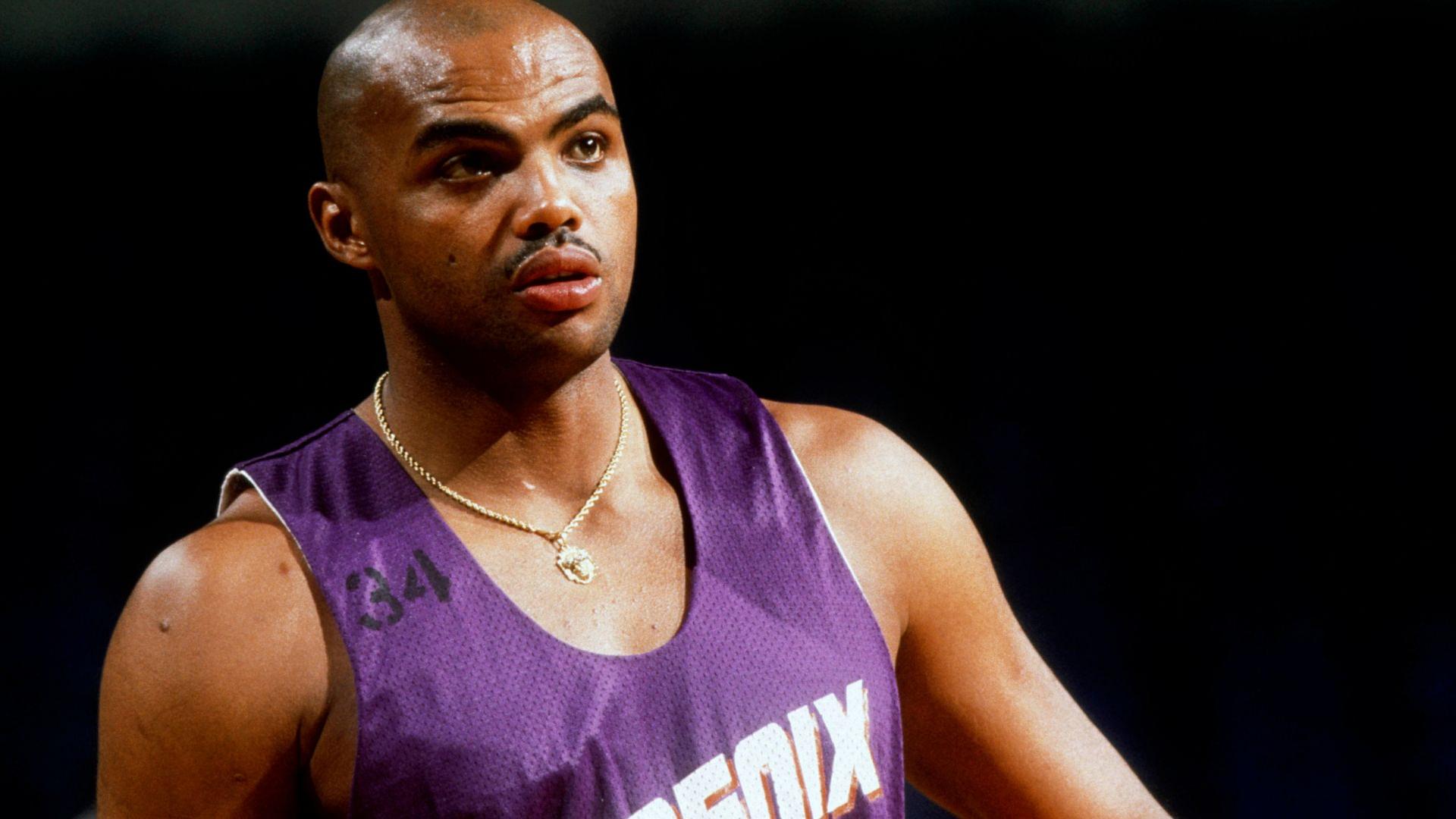Stepping onto the court as a true basketball icon carries an immense weight, a burden few can truly comprehend. For NBA legend Charles Barkley, the pressure of being the sole star on a struggling team was a defining, albeit challenging, chapter of his illustrious basketball career. This deep dive explores how Barkley navigated the demanding landscape of individual brilliance against the backdrop of team performance.
Before his famed tenure with the Phoenix Suns, Barkley honed his craft with the Philadelphia 76ers. Here, he was the undisputed centerpiece, expected to carry the franchise on his formidable shoulders. Despite his Herculean efforts and undeniable talent, the team’s overall performance often fell short, highlighting the inherent limitations of even the most dominant individual in a team sport. It was a period marked by frustration and a relentless, often solitary, pursuit of victory.
The turning point in Barkley’s professional journey arrived with his trade to the Phoenix Suns in 1992. This move instantly transformed his outlook and on-court experience. Suddenly, Barkley found himself surrounded by a caliber of talent that elevated his game and, crucially, alleviated the immense pressure of being a “one-man wrecking crew.” The stark contrast between his Philadelphia and Phoenix tenures became immediately apparent.
Barkley himself articulated this shift, famously stating, “The better players you play with, the easier the game is. When you a one-man wrecking crew it ain’t no fun at all. My last few years in Philly, I was by myself basically.” This sentiment underscored the profound impact of having competent teammates like Kevin Johnson, Cedric Ceballos, and Dan Majerle, who shared the offensive and defensive load.
The impact of this improved team dynamics was undeniable. In his very first season with the Suns in 1992-93, Charles Barkley led the team to an impressive 62-20 record, securing the best record in the NBA. His phenomenal individual statistics—25.6 points, 12.2 rebounds, and 5.1 assists per game—culminated in him winning the coveted MVP award, a testament to his continued excellence now amplified by a cohesive unit.
While his career continued with the Houston Rockets, ultimately concluding due to injuries, the question of a championship ring persistently shadowed his legacy. Barkley openly admits that the absence of an NBA championship trophy somewhat hurts his standing among the all-time greats. Yet, considering the sheer number of years he spent trying to elevate the struggling Philadelphia 76ers almost single-handedly, one cannot help but ponder if an earlier injection of talent could have altered his championship aspirations.
This narrative serves as a powerful reminder that basketball, at its core, remains a team game. Even an NBA legend of Charles Barkley’s caliber, capable of awe-inspiring individual feats, cannot guarantee a deep playoff run or a championship without a well-rounded roster. Success often hinges on the presence of solid perimeter defense, reliable rebounding, and complementary offensive threats who can alleviate pressure from the superstar.
Barkley’s journey, from the solitary struggle in Philadelphia to the collective triumph in Phoenix, provides invaluable insight into the nuances of professional basketball. His candid reflections illuminate the true value of team collaboration, leaving fans to endlessly debate how his championship legacy might have unfolded if circumstances had allowed for more sustained team support earlier in his remarkable basketball career.






Leave a Reply